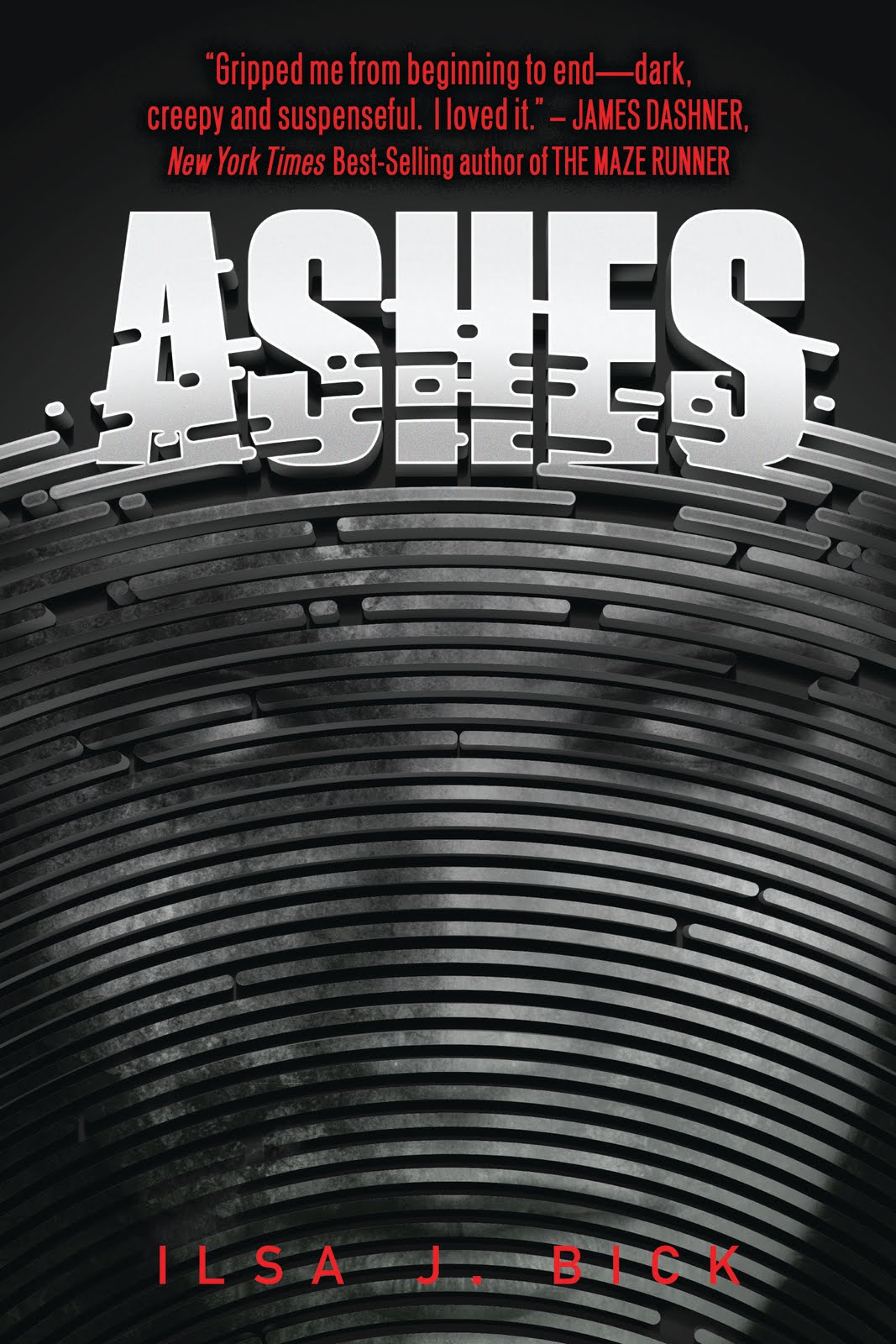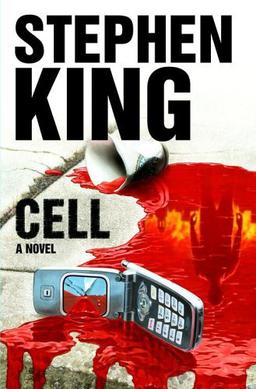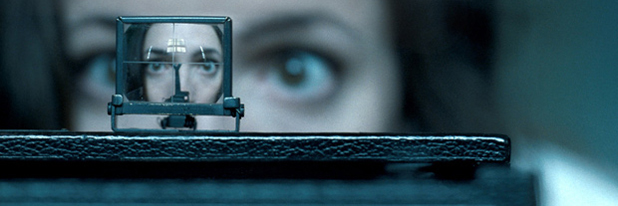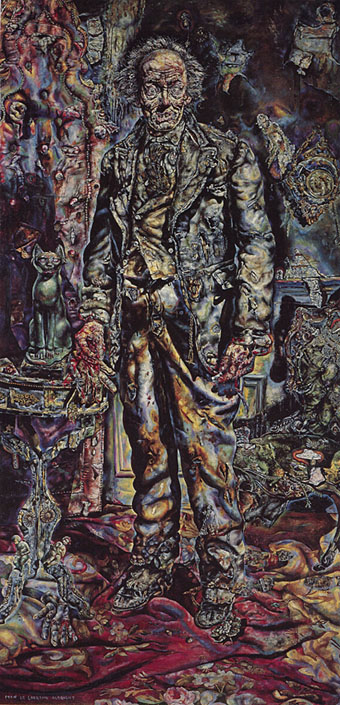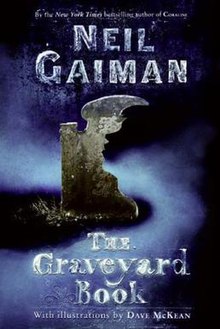


The Innkeepers
starring Sara Paxton, Pat Healy, and Kelly McGillis
Written and directed by Ti West
2011
101 minutes
Rated R
Here is another "haunted hotel" movie for you fans of The Shining. There are a few elements that seem similar to the Stephen King story: empty hotel (it is closing after one last weekend), few main characters, and of course, ghosts covered in blood, but there are plenty of differences to make this an entertainingly spooky ghost story in its own right.
This movie takes place at a real inn in Torrington, Connecticut called the Yankee Pedlar Inn. It was built by Frank and Alice Conley and opened in 1891. There are 55 individual rooms and 5 suites. The inn boasts period furnishings and a tavern. Here is a link to their History page.
Because the Inn is old, many people believe or assume that paranormal activity has occurred there. The most "haunted" room is Room 353 where Alice Conley died, and Alice supposedly still roams the halls, checking on guests. She sounds like a nice comforting ghost, one that the hotel guests wouldn't mind seeing, doesn't she? Despite investigations by the Northwest Connecticut Paranormal Society, however, there have been no confirmed manifestations of Alice, Frank, or anyone else at the Yankee Pedlar.
But just because there have been no positive sightings doesn't mean that the Yankee Pedlar Inn can't make a good backdrop for a paranormal horror movie.
Our story takes place at the Yankee Pedlar Inn, a once-grand hotel that is about to close (this part is fictional and the Inn is still open today). We meet the two remaining employees, Luke (Pat Healy) and Claire (Sara Paxton). There are few guests this weekend, a mother and son who leave during the beginning part of the movie; Leanne Rease-Jones (Kellie McGillis), a movie star turned new age counselor who is attending a convention; and an older man who wants to stay in the room in which he spent his honeymoon.
Luke dabbles in ghost hunting and runs a website about the Inn's supposed hauntings. He has been conducting investigations on his own and has equipment to record EVPs, but he hasn't really found much. Claire, who has just left college, has become Luke's ghost-hunting acolyte. She is fascinated with Luke's stories, especially the one about Madeline O'Malley, the bride who hanged herself after her fiance abandoned her on her wedding day. Madeline is said to be buried in the basement of the Yankee Pedlar, hidden there by the owners who didn't want the bad publicity her death would bring, I suppose. Claire really is impressed with Luke's website and wants to help him with the research.
Claire's naive intrigue with the ghost hunting process is the best part of the movie, and Sara Paxton's character and acting is the most convincing to me. Claire uses Luke's equipment to try EVP sessions around the hotel, searching for any response from Madeline O'Malley. Tension builds as Claire hears music coming from the unattended piano, sees Madeline's bloody face around the hotel, and other disembodied voices speak to her in the basement. Luke cannot handle this activity and freaks out, confessing that he has never actually experienced any paranormal occurrences at the Inn before, and leaves Claire in the hotel to deal with the situation herself.
By the end of the movie, though, I was not sure how much of the paranormal activity was really happening or if it were actually only in Claire's impressionable and receptive mind. Although we see all of the characters in action, I think this story takes place through Claire's point of view and we "see" what Claire sees without looking through her eyes via the camera. I don't think Luke really sees or hears anything in the basement but only reacts to Claire's seeing and hearing--"She's right behind you!" Leanne tries to help Claire with her crystal pendulum but urges Claire to leave the hotel because it isn't safe for her, but Leanne doesn't specify the source of the danger. Nobody else sees the ghosts of Madeline or the old man, who has committed suicide in his former honeymoon suite and is discovered by Claire in all of the bloody horror.
With Luke's interview by the police at the end come more doubts about the hauntings. Luke has come back after Claire discovered the old man's death. He agrees to find Leanne to tell her to leave the hotel with them, but Claire, left alone, hears noises in the basement. Thinking it might be Leanne, Claire goes down the stairs to check it out (we are all shouting, NO! DON'T GO DOWN THERE! at this point). She falls, hits her head, and starts seeing the ghosts everywhere. She locks herself in a room at the end of the basement hallway and cannot escape. The ghosts bang on the door, over and over. Already having established previously that Claire is asthmatic, we know what is going to happen and it does. But after the fact, Luke tells the police that it is he banging on the door and calling Claire to let him in. Where were the ghosts? Did he not see them?!
This movie is appealing for many reasons. I like the location of the empty, shabby chic hotel. The minimal cast also brings strength to the tightness of the story--not too many characters to confuse things. The ghost hunting by amateurs is also very believable to me and appealing, and yes, it can be dangerous. The bloodiest scene, the discovery of the old gentleman in the bathroom, is gory but we don't see it happen to him. The tension is built slowly with small noises, shadows, glimpses out of the corner of our eye. Then we feel all of the terror that Claire is feeling, from the panic of being left by Luke to finding the dead body and finally, the hysterical panicked run through the labyrinthine basement.
This movie is Rated R for bloody images and language. Here is the trailer for you. Don't get too scared!
Here is another "haunted hotel" movie for you fans of The Shining. There are a few elements that seem similar to the Stephen King story: empty hotel (it is closing after one last weekend), few main characters, and of course, ghosts covered in blood, but there are plenty of differences to make this an entertainingly spooky ghost story in its own right.
This movie takes place at a real inn in Torrington, Connecticut called the Yankee Pedlar Inn. It was built by Frank and Alice Conley and opened in 1891. There are 55 individual rooms and 5 suites. The inn boasts period furnishings and a tavern. Here is a link to their History page.
| The Yankee Pedlar Inn Today |
 |
| Alice and Frank Conley |
But just because there have been no positive sightings doesn't mean that the Yankee Pedlar Inn can't make a good backdrop for a paranormal horror movie.
Our story takes place at the Yankee Pedlar Inn, a once-grand hotel that is about to close (this part is fictional and the Inn is still open today). We meet the two remaining employees, Luke (Pat Healy) and Claire (Sara Paxton). There are few guests this weekend, a mother and son who leave during the beginning part of the movie; Leanne Rease-Jones (Kellie McGillis), a movie star turned new age counselor who is attending a convention; and an older man who wants to stay in the room in which he spent his honeymoon.
 |
| Madeline O'Malley |
Claire's naive intrigue with the ghost hunting process is the best part of the movie, and Sara Paxton's character and acting is the most convincing to me. Claire uses Luke's equipment to try EVP sessions around the hotel, searching for any response from Madeline O'Malley. Tension builds as Claire hears music coming from the unattended piano, sees Madeline's bloody face around the hotel, and other disembodied voices speak to her in the basement. Luke cannot handle this activity and freaks out, confessing that he has never actually experienced any paranormal occurrences at the Inn before, and leaves Claire in the hotel to deal with the situation herself.
By the end of the movie, though, I was not sure how much of the paranormal activity was really happening or if it were actually only in Claire's impressionable and receptive mind. Although we see all of the characters in action, I think this story takes place through Claire's point of view and we "see" what Claire sees without looking through her eyes via the camera. I don't think Luke really sees or hears anything in the basement but only reacts to Claire's seeing and hearing--"She's right behind you!" Leanne tries to help Claire with her crystal pendulum but urges Claire to leave the hotel because it isn't safe for her, but Leanne doesn't specify the source of the danger. Nobody else sees the ghosts of Madeline or the old man, who has committed suicide in his former honeymoon suite and is discovered by Claire in all of the bloody horror.
With Luke's interview by the police at the end come more doubts about the hauntings. Luke has come back after Claire discovered the old man's death. He agrees to find Leanne to tell her to leave the hotel with them, but Claire, left alone, hears noises in the basement. Thinking it might be Leanne, Claire goes down the stairs to check it out (we are all shouting, NO! DON'T GO DOWN THERE! at this point). She falls, hits her head, and starts seeing the ghosts everywhere. She locks herself in a room at the end of the basement hallway and cannot escape. The ghosts bang on the door, over and over. Already having established previously that Claire is asthmatic, we know what is going to happen and it does. But after the fact, Luke tells the police that it is he banging on the door and calling Claire to let him in. Where were the ghosts? Did he not see them?!
This movie is appealing for many reasons. I like the location of the empty, shabby chic hotel. The minimal cast also brings strength to the tightness of the story--not too many characters to confuse things. The ghost hunting by amateurs is also very believable to me and appealing, and yes, it can be dangerous. The bloodiest scene, the discovery of the old gentleman in the bathroom, is gory but we don't see it happen to him. The tension is built slowly with small noises, shadows, glimpses out of the corner of our eye. Then we feel all of the terror that Claire is feeling, from the panic of being left by Luke to finding the dead body and finally, the hysterical panicked run through the labyrinthine basement.
This movie is Rated R for bloody images and language. Here is the trailer for you. Don't get too scared!

